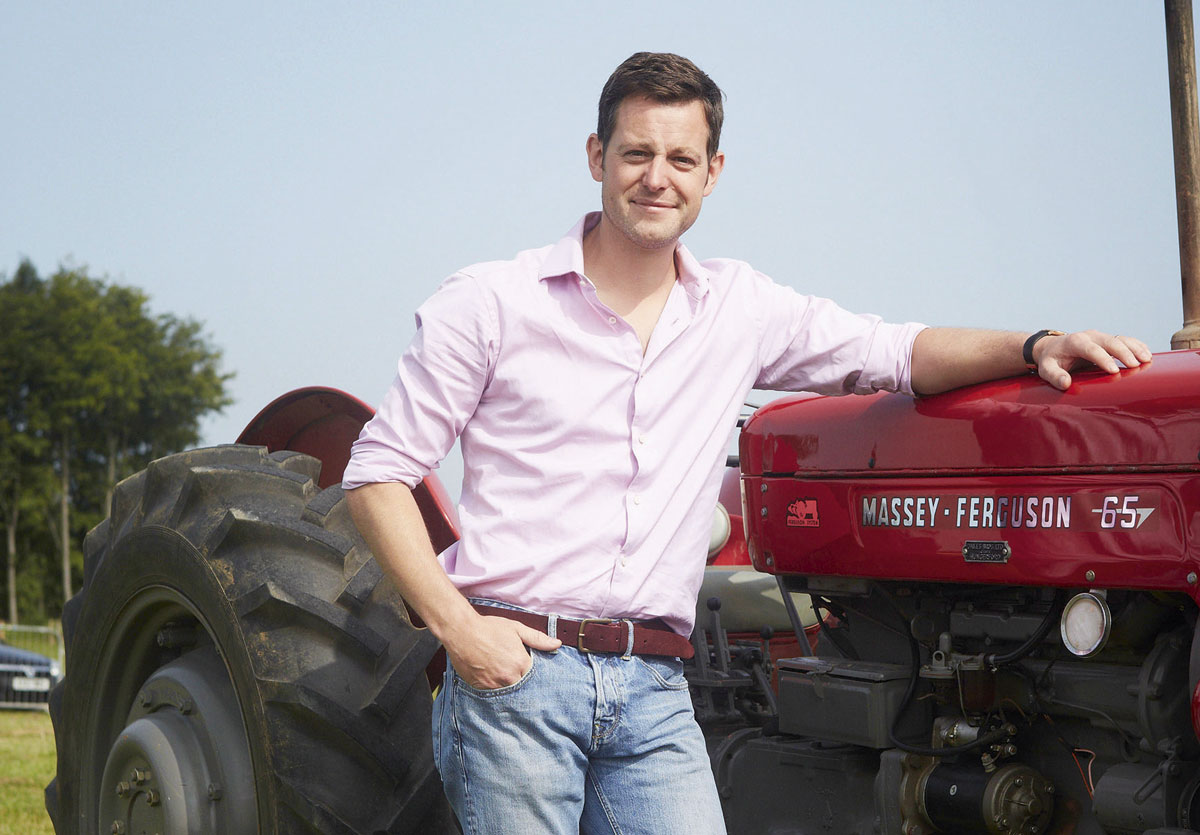When I turn on to the A68, suddenly it’s as if all of my worries leave me, and I think: wow, I’m home. In my eyes, the A68 is the best road in Britain. The scenery is spectacular. As you head north from Scotch Corner, everything on the left-hand side is lovely: miles of green fields rising to massive shoulders of fell, moorland and commons, with the green dales between them.
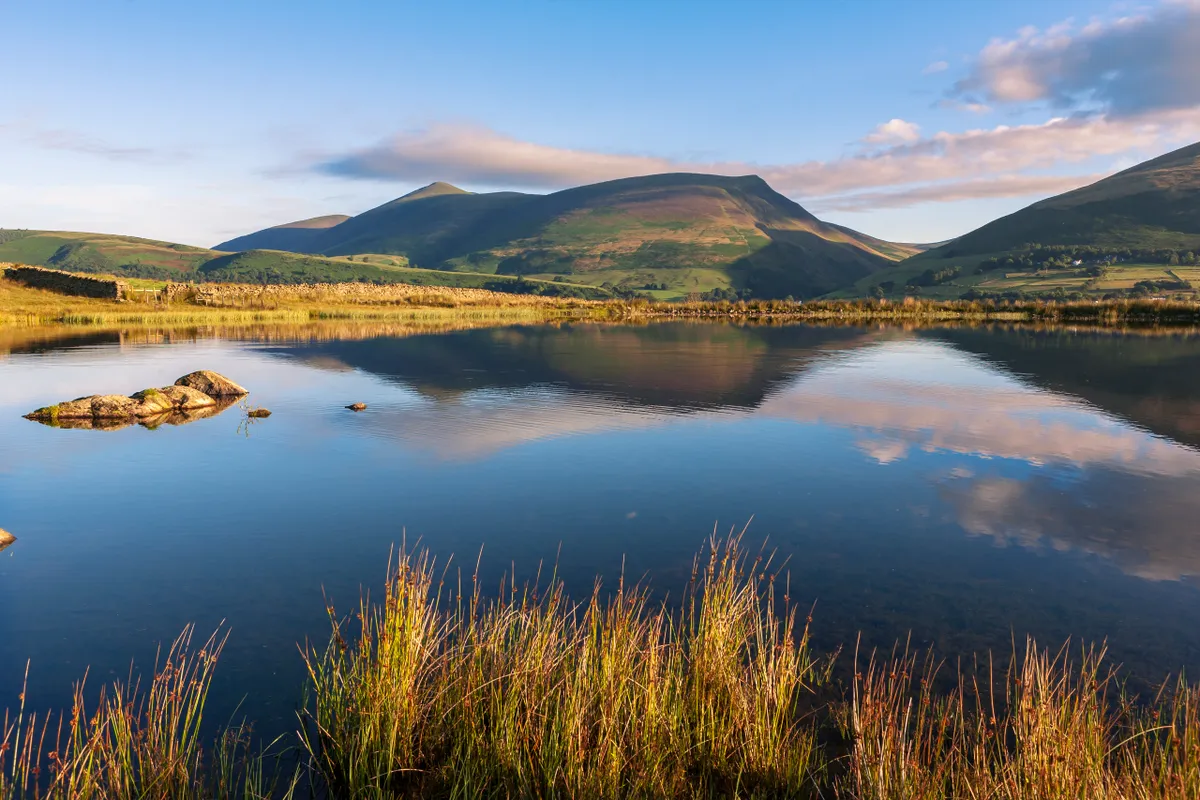
You can see from the top edge of the Yorkshire Dales above Richmond to the distant Greta Valley – the Pennine pass where the A66 crosses – and north to the high land of County Durham: Hamsterley Forest, Pikeston Fell, Monk’s Moor, Five Pikes. It’s rough country; it’s not manicured. There’s an amazing sense of open space, and I love the fact that you can see the weather coming from miles away.
You never ever know how good something like this is until you leave it. Now this area is like a magnet for me. I come up here with my wife and kids and to stay with Mum and Dad whenever I can. I feel at my happiest here; it’s where I’m meant to be.
The family farm is a few miles west of Durham, at the gateway to the Durham Dales. The characters around here – the farmers and the other neighbours – are a real close-knit community. Everybody helps each other. Just as well – because it’s not easy living up here. The farming is some of the toughest in Britain. Sometimes in winter you can’t get in or out. But then the summer comes along and no matter how short it is, it somehow makes all the struggling worthwhile.
The forgotten valleys
The Durham Dales sound idyllic – but no one ever knows where they are. Everyone comes north up the M6 and turns left at the Lake District, but they never turn right, over the North Pennines to the Durham Dales.
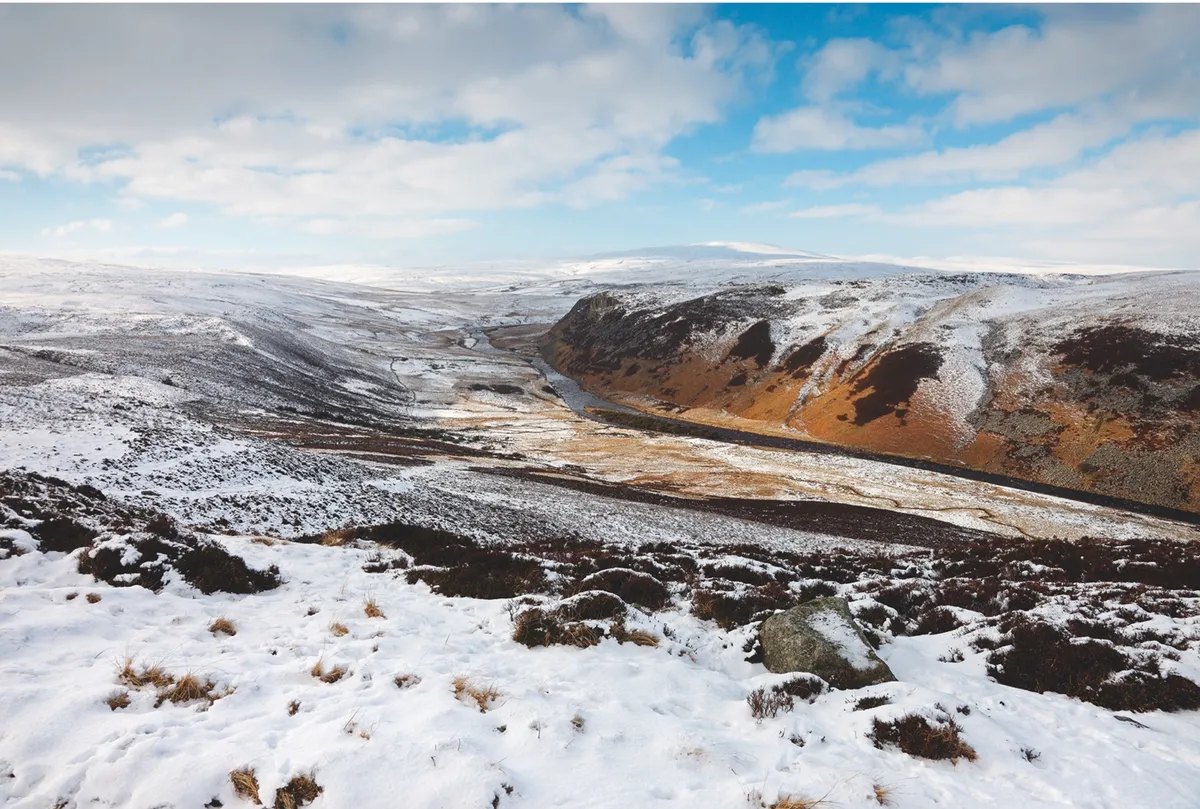
The whole area is a hidden gem. I’m always reluctant to say to people: “You’ve got to go to this place, it’s brilliant,” because the magic of it is that there’s nobody there snapping away with cameras. When you turn up here, you almost feel like you are interrupting locals’ lives – but that’s the magic of it. It feels real.
It’s not that easy to get to, which you might say is it’s saving grace. But just for the record, Barnard Castle – the southern gateway to Teesdale – is an hour and 20 minutes from Leeds, or a couple of hours from Manchester – so it’s not that far away, really.
On the road
County Durham is a brilliant place to come for a road trip, especially the Dales. The loop from Barnard Castle, northwest along Teesdale, over the top to Weardale and finishing at Durham city, has to be one of the best routes in Britain. You could probably do the whole journey from Barnard Castle to the hills and down to Durham in an hour and a half; but that’s not the point, of course. Take your time – plan three or four days or more; stop and explore the villages. When it feels right, get out of the car and go for a walk (so you’ll need a good map, such as the Ordnance Survey OL 31). There are waterfalls, lakes, rivers, meadows, wild uplands and amazing views. There’s something here for everybody – so be spontaneous and you’ll have a great time.
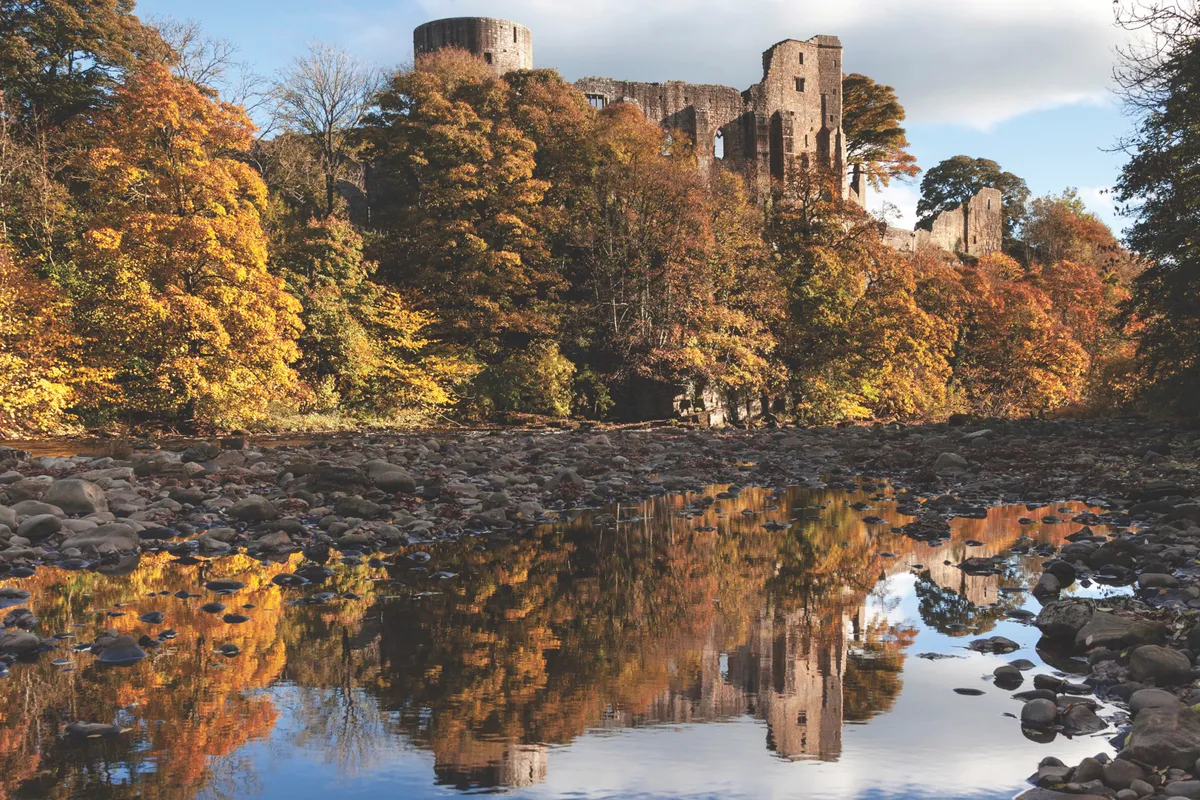
The Durham Dales are basically two long, green valleys – Teesdale and Weardale – that rise from the rolling farmland west of Durham, climbing high up to the rugged open moorland of the North Pennines.
Barnard Castle is a good place to start your journey through the Durham Dales, or to base yourself for a night or two. It’s a lovely old-fashioned market town laid out around a crumbling castle perched above the rocky waters of the Tees. It’s full of interesting shops and cafes, and great walks out of town and along the river, perhaps to the eerie ruins of Egglestone Abbey.
Exploring Teesdale
From the castle, the old stone bridge over the Tees leads you to the Middleton road (B6277). As you wind your way up Teesdale, you’ll go through a string of lovely towns and villages. One of the first is Romaldkirk, a sleepy hamlet laid out around a green. It’s definitely worth stopping for a wander, and perhaps a coffee at the Rose and Crown.
A few miles further on lies Middleton-in-Teesdale, a leafy market town whose streets are lined with handsome stone houses. It’s another great place to base yourself for a night or two.
After Middleton, the valley slowly begins to narrow as the road climbs higher, and the wild moorland tops get closer and closer. The farmland gets narrower and narrower. The fields are divided by a grid of drystone walls and in midsummer they are full of wildflowers that remind me of the hay meadows on the family farm – with the likes of buttercups, hay rattle and red clover, all buzzing with bees.
A few miles or so north of Middleton-in-Teesdale lies High Force, an amazing waterfall that you just have to see.
Just before the tiny village of Forest-in-Teesdale, the landscape levels off into gently rolling grassy fields dotted with farmhouses. At the remote hamlet of Langdon Beck, there’s a network of footpaths on the river banks and across farmland here if you fancy a stroll. If you come in spring, the meadows are full of breeding redshanks, lapwings and oystercatchers. Keep an eye out also for rare black grouse in the moorland just north of the village. The Langdon Beck Hotel is a real ale pub that over the years has welcomed many a thirsty – and sometimes wet and cold – farmer and walker alike.
The road to Weardale
From Langdon Beck, the road to Weardale winds steeply up to a moorland ridge. It’s worth pulling over at the top for the view. It can be quite bleak up there; these are vast moors. It’s a brilliant place to blow the cobwebs away and listen to the sound of curlews on the breeze. On either side is open moorland rising to Noon Hill (603m) on the left and Chapelfell Top (703m) on the right. Before you the road winds down to the green ribbon of Weardale and the village of St John’s Chapel.
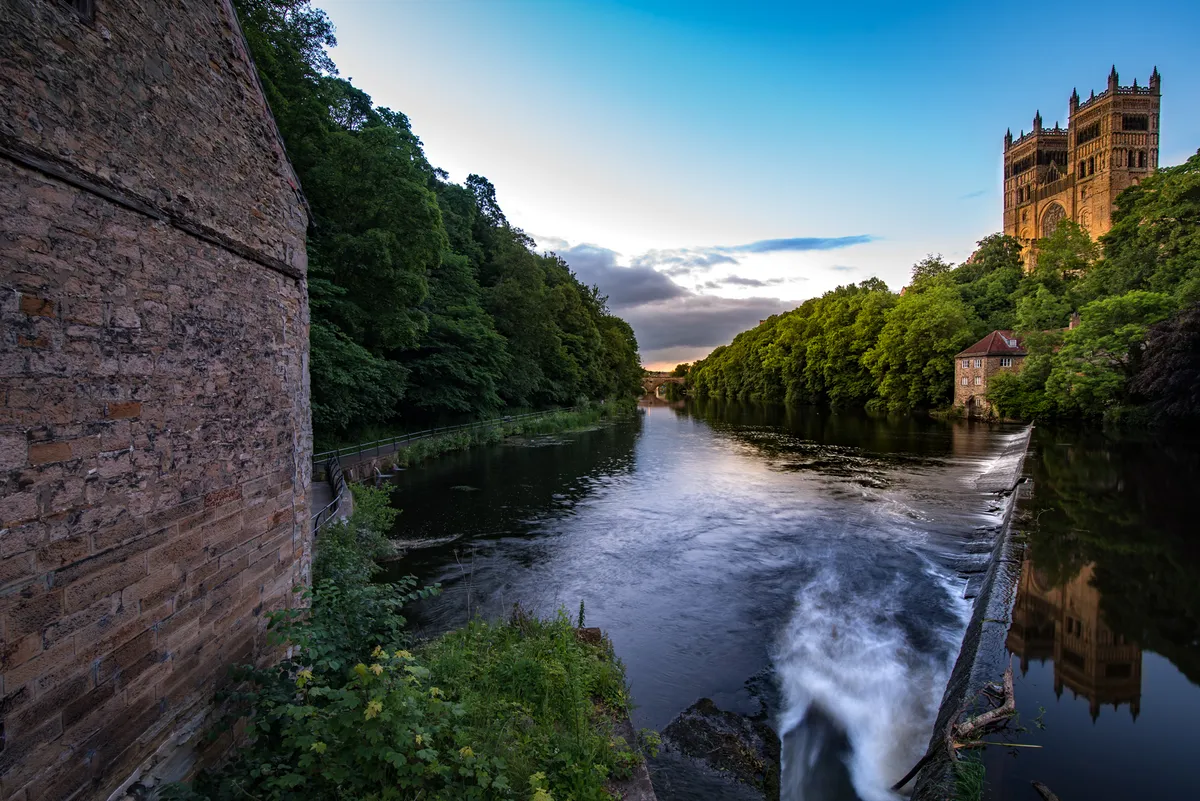
From St John’s Chapel, if you’ve time, turn left and head north for Upper Weardale. There’s a string of hamlets and villages along the way, including Cowshill, where the Killhope Burn river rushes beneath a stone bridge before crashing over Burtreeford Falls.
Retracing your steps to Lower Weardale, you’ll find it feels greener and more inhabited than Teesdale. From St John’s Chapel south along the A689 to Westgate, Eastgate, Stanhope and Wolsingham, there’s a real depth to the villages. You know that it’s tough to live here. You sense the history of all that hard work on the land, and in the mines and quarries around. But these are also lovely places, with traditional stone cottages, friendly pubs, village greens and some quirky and old-fashioned shops.
Durham city
The A689 brings you eventually to Durham city, the end of our road trip. I went to school in Durham and it was my first introduction to the fact that the world is wider than the hills where I grew up.
It’s a small city – though it didn’t feel it then – of bridges crisscrossing the river Wear, narrow cobbled streets, elegant houses and spectacular views out to the countryside beyond.
As a young lad growing up, it felt very cosmopolitan. There were all these southerners – I’d never experienced people like that before. Most of them were students. Weirdly, it reminds me of Oxford. The river helps. My sixth-form college was right down by the river. We would often take a boat out and row down there, which is lovely. And, of course, you’ve got to go to the cathedral.
Much as I love the city, though, my heart is in the hills and dales, and I’ll soon head back there. It’s the huge open spaces, and the peace, that I love. When it’s night time, for example, the place takes on a whole different feeling. It’s so dark up there you wouldn’t believe it. You’re closer to the stars, anyway, so you can see more of them. You are practically above the clouds at times. It’s so beautiful; it’s so still. I’m proud to call it home.
